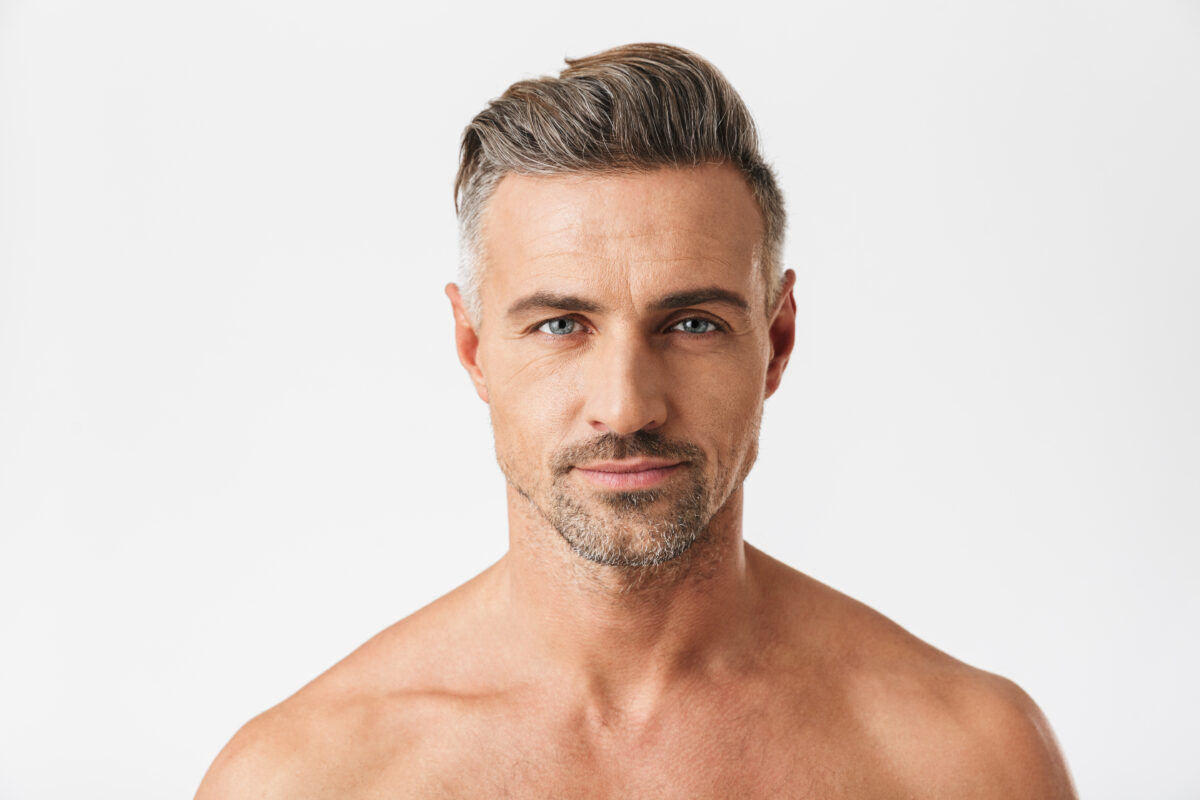Is Your Hair Thinning Self-Inflicted?
This is a question you should consider when trying to get to the root cause of hair thinning.
Hair thinning is a significant concern for many, often causing distress. We probably don’t need to tell you this if it affects you. While genetics and medical conditions are often the leading culprits, there’s a possibility that your hair loss could be caused by your own actions. This article aims to shine some light on how certain habits and choices might contribute to this issue.
Understanding Hair Thinning
Understanding the causes of hair thinning is the first step to doing something about it. Apart from genetic and medical factors, self-inflicted hair thinning, often caused by external factors like physical stress and chemical exposure, is an aspect to consider.
Traction Alopecia: Understanding the Physical Impact
Traction alopecia results from constant pulling or tension on the hair, typically due to tight hairstyles. This continuous strain damages hair follicles, leading to a gradual recession of the hairline and thinning in affected areas. Under persistent tension, the hair follicles may enter a prolonged resting phase, ceasing hair growth. Recognising and reducing this tension can reverse the condition, allowing follicles and your hair precious time to recover.
Chemical and Styling Damage: Understanding the Micro-Level Effects
When examining hair thinning from chemical and styling damage, we need to understand what occurs at the microscopic level. Hair, primarily composed of a protein called keratin, is structured in three layers: the medulla at the centre, the cortex, which forms the bulk of the hair, and the cuticle, the protective outer layer.
Chemical Impact
- Altering Hair Structure: Chemical treatments like dyes, relaxers, and perms primarily affect the cortex by breaking down the disulfide bonds that give hair strength and elasticity. This process, known as chemical hydrolysis, can permanently alter the hair’s natural structure, making it weaker and more prone to breakage.
- Cuticle Damage: These chemicals can also erode the cuticle, the hair’s protective layer. When the cuticle lifts or gets damaged, it leads to increased porosity, making the hair more susceptible to further damage and moisture loss.
- pH Imbalance: Chemical treatments often change the hair’s natural pH balance, which can disrupt the scalp’s health, potentially damaging hair follicles and impeding hair growth.
Heat Styling Damage
- Moisture Loss: Heat styling tools like straighteners and curling irons cause significant moisture loss from the hair. The high temperatures disrupt the hydrogen bonds in the hair, leading to changes in texture and increased brittleness.
- Protein Degradation: Prolonged exposure to heat can degrade the keratin proteins in the hair. This degradation reduces the hair’s natural resilience and strength, leading to hair that is weak and easily breaks off from the root or the shaft.
- Microscopic Cracks: Regular use of high heat can create microscopic cracks in the hair’s cuticle, leading to a frayed and dull appearance. Over time, these small damages accumulate, exacerbating hair breakage and loss.
Understanding these microscopic changes highlights the importance of minimising chemical and heat exposure to maintain hair integrity. By avoiding or reducing these damaging practices, individuals can significantly improve their hair’s health and reduce the risk of hair loss.
Bio-Enhanced Serum Therapy: An Innovative Approach
Bio-enhanced serum therapy is a promising and exciting treatment for all types of hair thinning, including self-inflicted hair thinning. This treatment involves injecting your own concentrated growth factors into the scalp to rejuvenate hair follicles and stimulate regrowth. Bio-enhanced serum therapy has shown potential in reversing various forms of hair thinning, offering hope to those affected.
Preventive Measures and Hair Care Tips
Preventing self-inflicted hair thinning involves adopting a hair-friendly routine, which includes using gentle hair care products, reducing chemical treatments, and limiting heat styling. Incorporating natural remedies and nourishing hair products can also improve hair health. Lifestyle adjustments, such as a balanced diet and stress management, are essential for maintaining hair vitality. If you do wear your hair tightly wrapped, then give it a chance to recover!
Preserve your Hair’s Health
Recognising the signs of self-inflicted hair loss and adjusting your hair care habits is key to preserving hair health. While personal care is obviously important, seeking professional advice for tailored treatment and guidance is always recommended. The health of your hair can, in part, depend on your choices and actions. Please do get in touch if you would like to know more about bio-enhanced serum for hair thinning.

